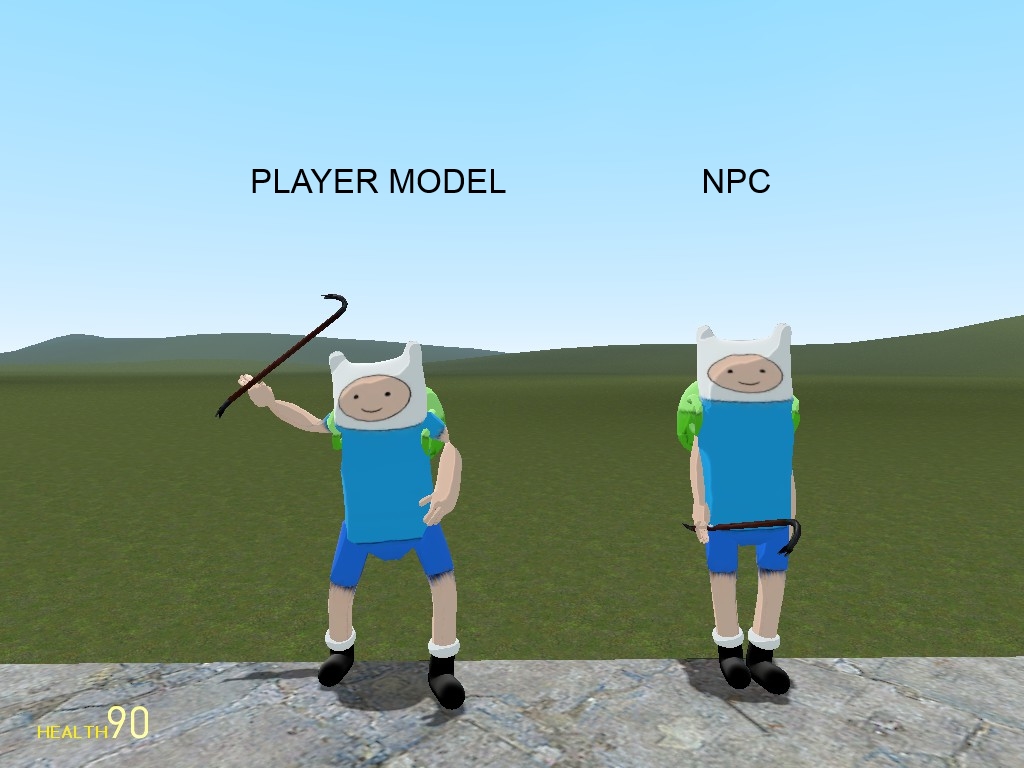

For example, the inclusion of new database modules in Chado can be easily accommodated by regenerating the Turnkey-base site from the Chado database schema file.
#GMOD MODELS CODE#
Likewise, the active code generation approach used by Turnkey, which is similar to the Object Management Group's Model Driven Architecture (MDA) proposal, is especially useful for the GMODWeb project because underlying changes in the data model are quickly and easily integrated into the application. This style of abstraction is a useful tool for organizing a web application into manageable layers and improves the overall organization of the software. Turnkey-produced websites are strictly divided into MVC layers.
#GMOD MODELS GENERATOR#
While the MVC generator automates the creation of most site code, the page-rendering module handles the response to user requests received by the webserver. Each Turnkey component is used in a different phase of website construction. This portion of the Turnkey framework uses a collection of open source Perl modules and the popular mod_perl webserver plugin. The second component (Turnkey::Render) is a page-rendering module that links the generated MVC code to an Apache webserver. The first is a code creation tool (Turnkey::Generate) that produces a model view controller (MVC)-based website given a database schema file. Turnkey consists of two distinct components.
#GMOD MODELS MODS#
GMODWeb provides a starting point for MODs to create websites built on top of GMOD tools and other web-based, bioinformatics applications.
#GMOD MODELS MOD#
Specifically, GMODWeb is a website generated by Turnkey using the GMOD Chado database schema and a series of customizations geared towards MOD communities. GMODWeb is based on the Turnkey website generation and rendering framework. In this paper we describe GMODWeb, a flexible and extensible framework for creating a MOD website that integrates with other GMOD tools and accommodates many of the data types needed for a model organism database.
#GMOD MODELS FULL#
While several solutions exist for representing genome annotation data on the web, such as Ensembl and the UCSC Genome Browser, no solution exists for representing the full variety of data types needed for a MOD. Other popular GMOD tools include Apollo, an application for genomic curation, GBrowse, a web-based genomic browser that can effectively display genomic features across megabases of sequence, and Textpresso, a web tool for literature archiving and searching. A generic and modular relational database schema, called Chado, provides the core mechanism to store genomic features, information on gene function, genomic diversity data, literature references, and other common data types. To date, this effort has produced several high-profile components.

The result is a collection of database and web tools that can be mixed and matched to meet the requirements of new MODs.

Recognizing this duplication of work, the NIH and the USDA Agricultural Research Service funded the Generic Model Organism Database (GMOD) project with the goal of developing flexible applications that can be used across all MODs. As many more model organisms are sequenced the costs, in terms of both time and funds, of independently developing schemata and web-based tools will become prohibitive. All MODs create databases and website front-ends to fulfill these needs, but a fully functional MOD website is an expensive and time-consuming prospect. A key concern for any MOD is to provide well-designed and convenient community tools for accessing this information. MODs provide scientists with access to information about genomic structure, phenotypes, and mutations along with large-scale datasets such as those generated by gene microarray experiments, single nucleotide polymorphism analyses, or protein-protein interaction studies. Examples of MODs include Flybase, Wormbase, the Mouse Genome Informatics Database, the Saccharomyces Genome Database, Gramene, a monocot genomics database, and ParameciumDB.

Model organism databases (MODs) are built around the information needs of scientists working on a single model organism or group of closely related organisms.


 0 kommentar(er)
0 kommentar(er)
